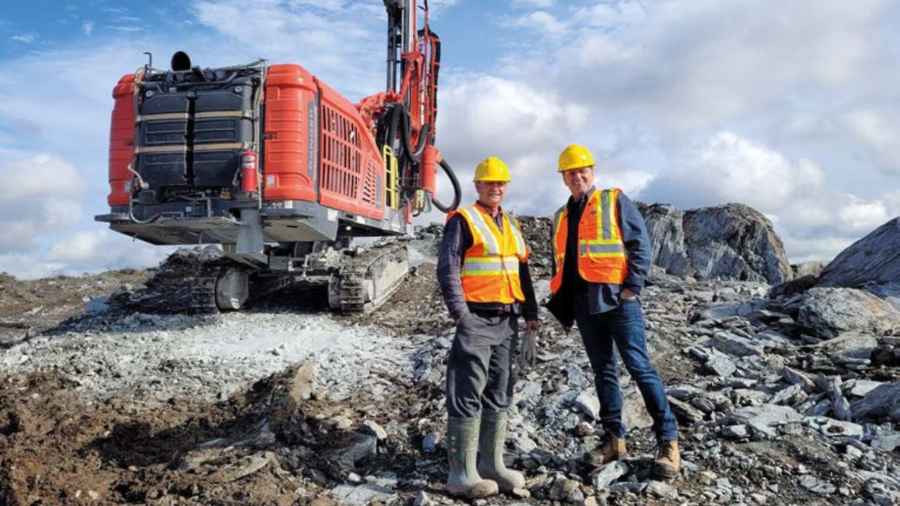Precedent-setting cumulative effects decision in B.C. Supreme Court could change resource development in Canada

On June 29, 2021, the British Columbia Supreme Court released its decision in Yahey v British Columbia, in which it ruled that the rights of the Blueberry River First Nations (BRFN) under Treaty 8 in northeast B.C. had been infringed by the cumulative impacts of industrial developments within BRFN’s traditional territory, including forestry, oil and gas, mining, renewable energy and agriculture. This decision marks a significant departure from past cases involving cumulative effects and treaty rights infringement. It could materially increase regulatory risks for new infrastructure projects in northeast B.C., and could extend to other areas in Canada where similar claims may be made.
BRFN is a relatively small First Nation in northeast B.C. BRFN’s traditional territory is around 38,000 sq. km, including most of the Montney natural gas play, agricultural lands, various municipalities (including Fort St. John and Dawson Creek), active forestry areas, hydro-electric projects (including Site C), and several mines. BRFN’s territory also falls within the area of Treaty 8, which BRFN’s ancestors signed in 1900, and overlaps, to varying degrees, with the asserted territories of several other Indigenous groups.
In 2015, BRFN filed a civil action seeking, among other things, a declaration that the B.C. government had infringed BRFN’s rights under Treaty 8 and an injunction prohibiting B.C. from approving any further developments within its traditional territory. After a series of unsuccessful pre-trial applications, the B.C. Supreme Court held a full trial to consider BRFN’s civil claim.
Summary of decision
On June 29, the B.C. Supreme Court released its 511 page Yahey decision. Justice Burke for the Court held that the cumulative effects from all types of industrial development in BRFN’s territory have resulted in significant adverse impacts on the lands, water, fish and wildlife in the area, and to the exercise of BRFN’s Treaty 8 rights. In particular, she found that BRFN’s treaty rights to meaningfully hunt, fish and trap within the BRFN traditional territory have been significantly and meaningfully diminished, such that BRFN’s rights under Treaty 8 have been infringed. Justice Burke’s conclusions were rooted in her view that B.C. had not acted honourably by allowing resource development to proceed “at an extensive scale” without assessing BRFN’s concerns about cumulative effects of this development.
Among other things, Justice Burke ordered B.C. to (1) not authorize any further activities in BRFN’s territory that breach the promises included in Treaty 8, and (2) negotiate new mechanisms with BRFN to assess and manage the cumulative impacts of industrial development to ensure BRFN’s treaty rights are respected. Justice Burke suspended the first declaration for six months to give the parties time to negotiate the new mechanisms.
B.C. has chosen not to appeal the decision. There are many aspects of Yahey that warrant comment, but for the purposes of this article we focus on two key implications: Justice Burke’s test for treaty infringement, and the decision’s potential impacts on infrastructure development in Canada.
Test for Treaty infringement
According to Justice Burke, the test for determining whether treaty rights have been infringed is whether there has been a significant or meaningful diminishment of the rights. Arguably, this modifies the Supreme Court of Canada’s guidance in Sparrow and Mikisew that infringement occurs when there is “no meaningful exercise of the rights” – a test that Justice Burke concluded would upend the terms of the Treaty. Justice Burke’s test is much easier to establish than the prior test in Sparrow and Mikisew, particularly when many parts of Canada (and Indigenous communities themselves) have changed materially over the last 120 years through, among other things, population growth, modernization and climate change. As Justice Burke acknowledged, “with more and more takings and development it becomes harder and harder for the Crown to fulfill its promise to Indigenous people that their modes of life would not be interfered with.”
Implications for infrastructure development
Yahey has direct and serious implications for any future infrastructure development in northeast B.C. Justice Burke’s declarations may be construed as granting BRFN the right to veto any new development across its entire, expansive territory, without considering the potentially conflicting views of other Indigenous groups whose asserted traditional territories may overlap with BFRN’s. It is also possible that other Treaty 8 First Nations in northeast B.C. will rely on Yahey to assert that they are entitled to the same relief Justice Burke granted BRFN.
The effects of Yahey will likely not be confined to northeast B.C, however. Many parts of Canada have seen material population growth, infrastructure and/or resource development since the time that historic treaties with Indigenous groups were entered into. We expect Yahey will lead to similar cumulative effects claims across Canada, particularly across the Prairies and northern Ontario with historic numbered treaties similar to Treaty 8. Such claims could inject further uncertainty into Canada’s regulatory approval processes, and, if successful, could significantly
change the future of resource and infrastructure development in Canada.
SANDER DUNCANSON, MARTIN IGNASIAK, TOMMY GELBMAN and OLIVIA DIXON are partners at Osler, Hoskin & Harcourt LLP; TYLER WARCHOLA is a summer student. (Www.Osler.com)





Comments